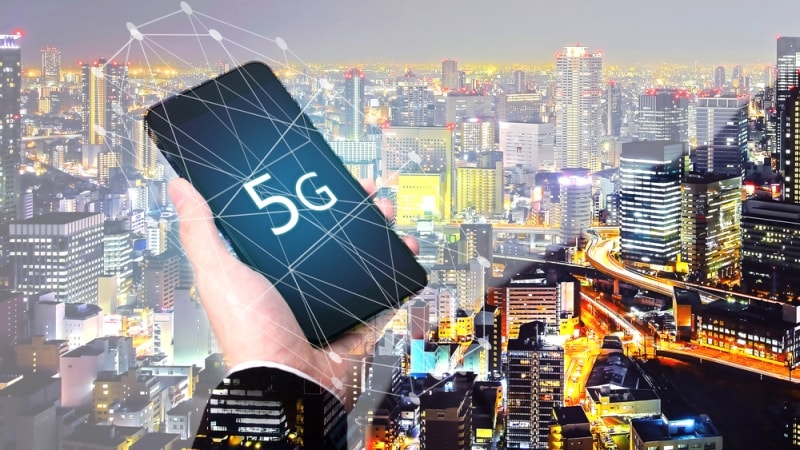
The Government Accountability Office (GAO) identified five challenges to facilitate the growth and implementation of 5G wireless networks in the Federal government.
In a report highlighting 5G wireless connectivity, GAO outlined 5G as a technology “to enhance data speeds and could enable transformative applications across transportation, manufacturing, medicine, and other sectors.”
“(5G) may lead to faster and more responsive signals from cell phones and other devices,” the report said. “Moreover, it could deliver more reliable connections, higher energy efficiency, the ability to accommodate more devices, and faster network response times.”
However, GAO stated that 5G is not without challenges. Among the challenges include:
- Spectrum management;
- Infrastructure deployment;
- Cybersecurity;
- Digital divide; and
- Privacy.
According to GAO, Federal agencies must ensure available spectrum while balancing the needs of existing users. The installation of significant infrastructure, including fiber optic cables and small cells, could be expensive, require skilled labor, and much local planning.
Additionally, the 5G raises national security concerns—particularly over the supply chain—could widen the digital divide, and could increase the risk to user privacy.
